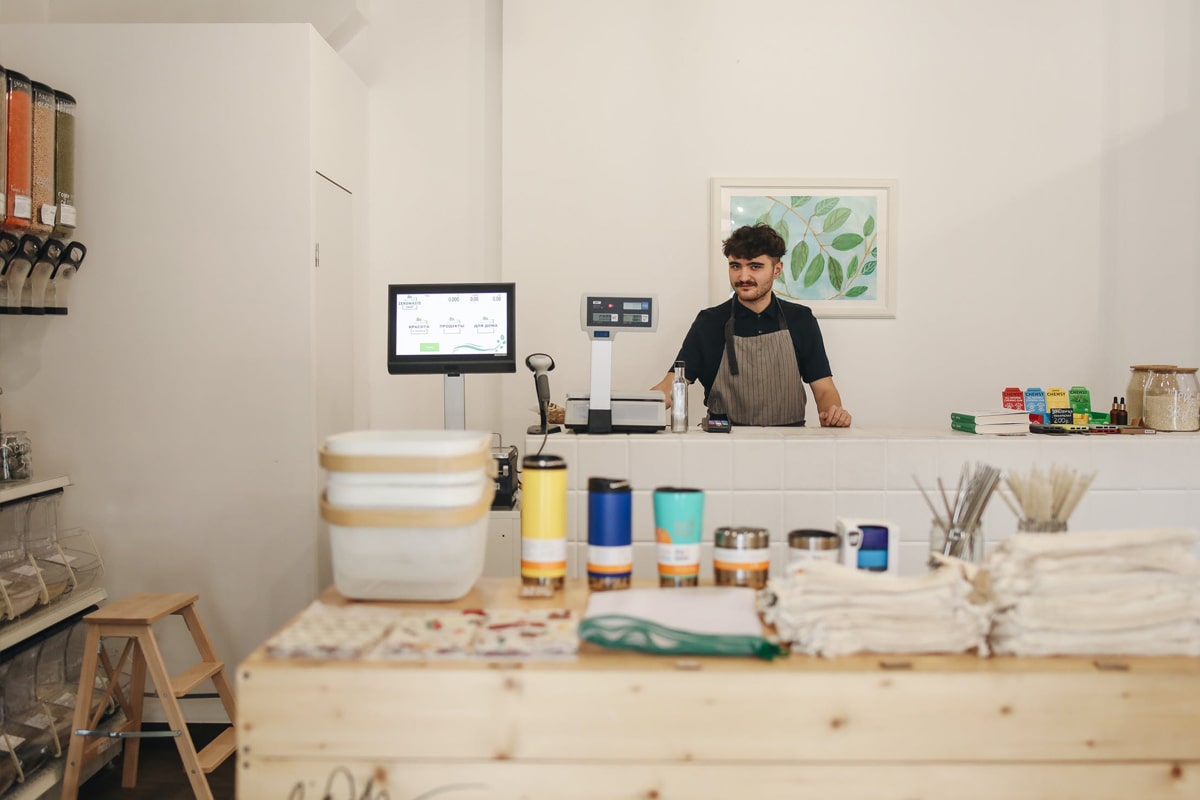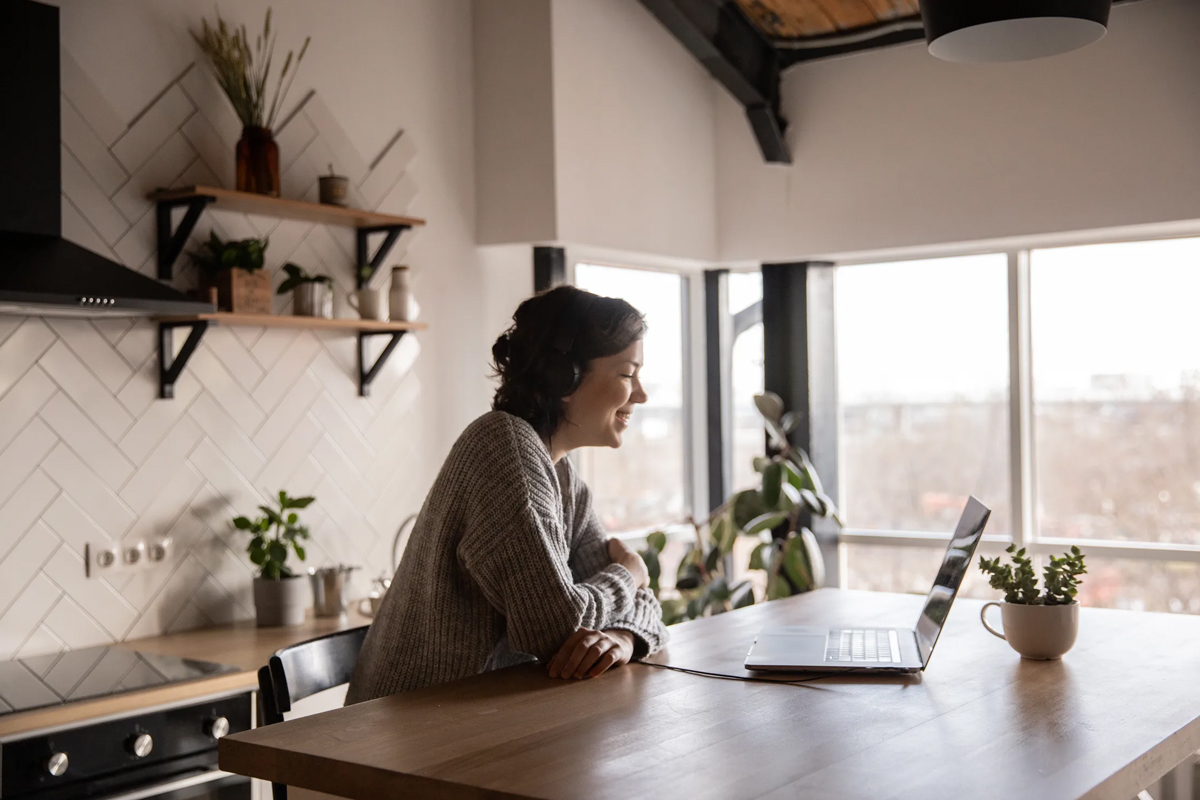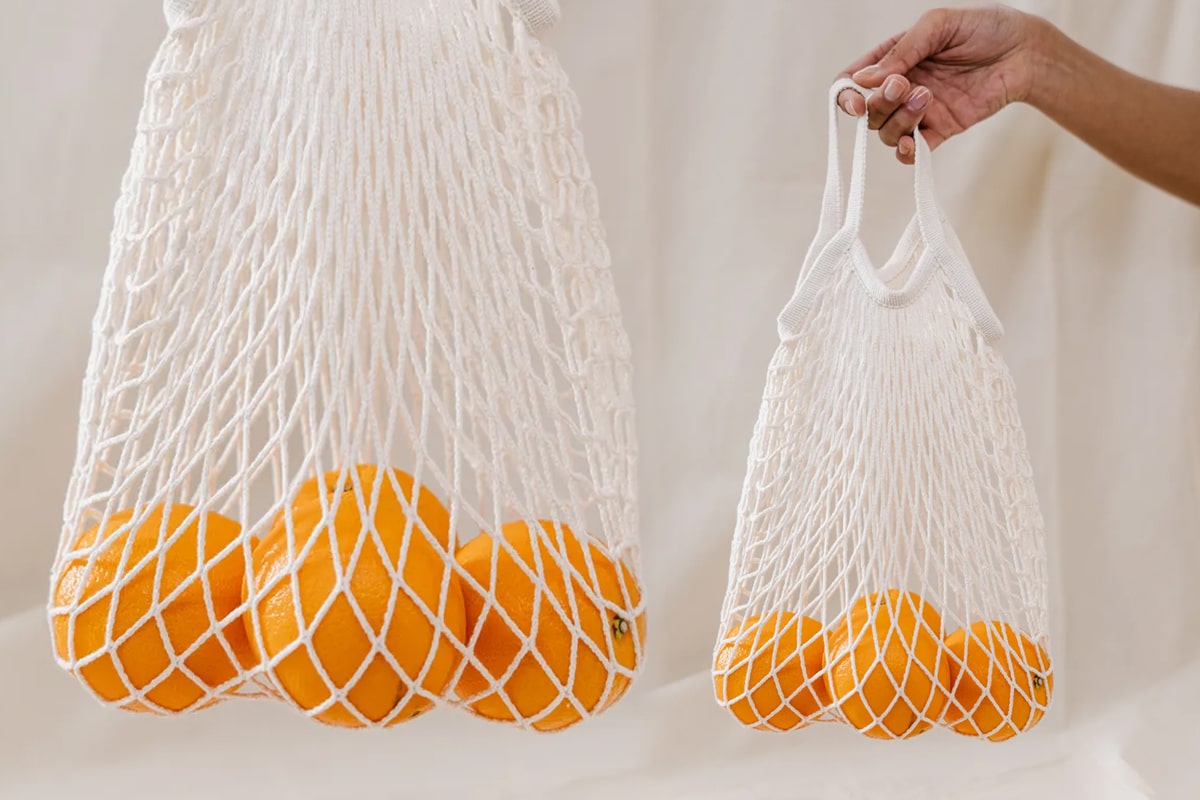- Healthier food: You know exactly what goes into your soil and onto your plants.
- Less waste: No more plastic-wrapped herbs or veggies spoiling in the fridge.
- Sustainability: Cuts down on food miles and packaging waste.
- Mental wellness: Gardening is therapeutic, reducing stress and promoting mindfulness.
- Space optimization: Even small balconies or windowsills can become productive mini-gardens.
- Use what you have: Upcycle buckets, crates, or even old colanders.
- Ensure good drainage: Drill holes in the bottom and add pebbles or rocks under the soil.
- Match size to plant needs: Herbs do fine in small pots, but tomatoes and peppers need at least 5 gallons of soil space.
- Hanging planters: Great for herbs or strawberries.
- Wall-mounted shelves: Use with small pots or repurposed cans.
- Ladder-style racks: Great for tiered plant displays.
- Over-the-railing boxes: Maximize balcony railing space.
- Herbs: Basil, parsley, thyme, mint, cilantro.
- Leafy greens: Spinach, arugula, lettuce, kale.
- Root veggies: Radishes, carrots, green onions.
- Compact fruits/veggies: Cherry tomatoes, bush beans, chili peppers, strawberries.
- South-facing windows or balconies get the most light.
- Use reflective surfaces (like mirrors or light-colored walls) to bounce light onto plants.
- Consider portable plant stands to move your garden with the sun.
- Compost tea: Steep compost in water and use as liquid fertilizer.
- Banana peel water: Soak banana peels in water for a potassium-rich drink.
- Eggshells: Crushed and mixed into soil for calcium.
- Used coffee grounds: Sprinkle sparingly to add nitrogen.
- Water early in the day to reduce evaporation.
- Use a self-watering container or add a water reservoir with a plastic bottle.
- Add mulch (like straw or coconut coir) on top of the soil to retain moisture.
- Pinch herbs above a leaf pair to encourage bushy growth.
- Harvest greens from the outer leaves first.
- Don’t let plants bolt — harvest early to keep them producing.
- Use windowsills or shelves near natural light.
- Grow microgreens in shallow trays for a quick, nutritious crop.
- Use hydroponic kits or mason jars for herbs without soil.
- Spray plants with a diluted soap solution for aphids.
- Sprinkle diatomaceous earth around pots for crawling pests.
- Use companion planting (like basil with tomatoes) to repel insects.
- Check soil moisture every morning.
- Harvest herbs as needed for meals.
- Spend 5 minutes pruning, watering, or inspecting for pests.
Living in an apartment doesn’t mean you have to give up on the dream of growing your own food. In fact, urban gardening is on the rise — and for good reason. Whether it’s a sunny windowsill, a compact balcony, or a tiny fire escape, you can transform small spaces into productive, green oases that provide fresh herbs, veggies, and even fruit.
Urban gardening not only saves money and reduces your carbon footprint but also gives you control over how your food is grown — no pesticides, no plastic packaging, just delicious, homegrown goodness.
In this guide, we’ll cover smart, space-saving hacks and ideas to help you grow your own food — no backyard required.
Why Grow Your Own Food in the City?

Before we dig into the how-to, here’s why more urban dwellers are embracing home gardening:
1. Start with the Right Containers
You don’t need fancy planters. With the right container and soil, almost anything can be turned into a thriving garden.
Container Tips:
Smart Hack:
Use fabric grow bags — they’re lightweight, breathable, foldable, and perfect for balconies.
2. Grow Vertically to Save Space
If floor space is limited, think up! Vertical gardening is ideal for balconies and walls.
Vertical Garden Ideas:
Smart Hack:
Attach a shoe organizer to a wall or railing, fill the pockets with soil, and grow herbs or leafy greens in each one.
3. Choose the Right Edibles for Small Spaces

Not all fruits and veggies thrive in containers, but many do beautifully when grown with care.
Best Plants for Urban Gardens:
Smart Hack:
Look for “dwarf” or “container” varieties of plants — these are bred to stay small and thrive in pots.
4. Maximize Sunlight
Most edible plants need 6–8 hours of sun per day, which can be tricky in shaded city apartments.
Light Maximizing Tips:
Smart Hack:
No sun? No problem. Use compact LED grow lights — they’re energy-efficient and perfect for indoor gardening.
5. Feed Your Plants (and Soil) Naturally
Container gardens need a bit more attention when it comes to nutrients, as water and minerals drain out faster.
Natural Fertilizer Ideas:
Smart Hack:
Set up a countertop compost bin or vermicompost (worm bin) to create your own nutrient-rich soil indoors.
6. Water Wisely
Containers dry out faster than garden beds, so consistent watering is key.
Watering Tips:
Smart Hack:
Use a wine bottle as a DIY drip irrigator: Fill with water, stick it upside down into the soil, and it’ll release moisture slowly.
7. Harvest Often and Smartly
The more you harvest, the more many plants will grow.
Harvesting Tips:
Smart Hack:
Grow cut-and-come-again greens, like lettuce or kale, that can be harvested multiple times from the same plant.
8. Grow Indoors Year-Round
With the right setup, you don’t need to stop gardening in winter.
Indoor Growing Tips:
Smart Hack:
Set up a mini indoor herb garden with mason jars, a bit of gravel, and water-loving plants like basil or mint.
9. Keep Pests in Check Naturally
Even balcony and indoor gardens can attract bugs.
Natural Pest Control:
Smart Hack:
Grow marigolds or nasturtiums — they’re not only beautiful but also repel pests naturally.
10. Make Gardening a Daily Habit

The key to successful urban gardening is consistency — a little care each day goes a long way.
Tips for Building a Routine:
Smart Hack:
Use a gardening app to track watering, planting dates, and reminders.
Final Thoughts
Urban gardening is not just possible — it’s powerful. Even a few pots of herbs or a couple of tomato plants on your balcony can reduce your grocery bill, shrink your carbon footprint, and bring a bit of nature into your everyday life. With these simple hacks, you’ll find that growing your own food in a small space is not only doable — it’s incredibly rewarding.
So, grab a pot, some soil, and a few seeds — your apartment garden adventure awaits!





